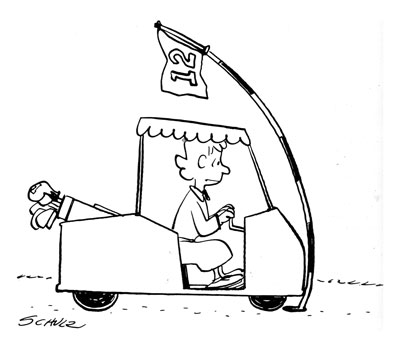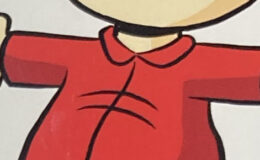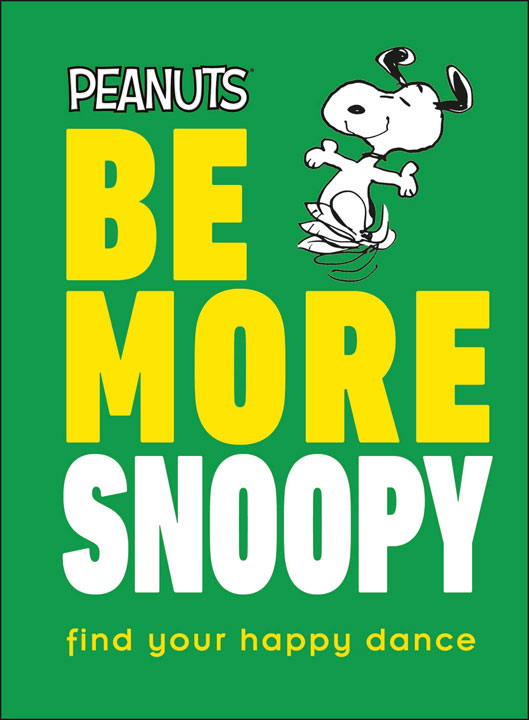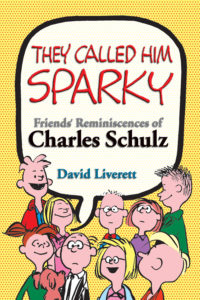Schulz and women’s sports – an AAUGHtober reflection
- By : Nat
- Category : General, Greatest hits
Charles M. Schulz supported women’s sports in some very visible ways. You can see it in his friendship with Billy Jean King, and in his work with the Women’s Sports Foundation. And you can especially see it in his comics particularly when you get into the 1970s, where Peppermint Patty is the most athletic kid on the field (and on the lake.) Characters actually discuss Title IX, whose legal requirements caused a vast increase in US collegiate women’s sports funding and participation. Schulz has A+ credentials in supporting women’s athletic efforts.
But it’s worth noting that it wasn’t always this way.
Schulz’s earlier sports cartoons tend to show women as the underinformed and underenthused onlookers to men’s obsessions, when they appear at all. And yes, perhaps that did reflect some of the reality of the day. But I’ve recently had reason to look through dozens of Schulz cartoons about adults golfing, mostly from “It’s Only a Game”, but a few from elsewhere. In there, there were four cartoons that included women as golfers. In one, they were miniature golfing with their husbands. The other three, well… here’s one of them:
That’s a cartoon that’s not from “It’s Only a Game” – in fact, to the best of my recollection, this one hasn’t been seen in any Schulz collection to date. And it’s steeped in a stereotype that was heavily used in the humor of the day – that women drivers are bad drivers. Magazine cartoons were full of women having driven the car into the garage door… sometimes from the inside. Another has much the same gag, only the woman drives her golf cart into a tree. And the final one had a woman being a “backseat driver” in a golf cart, again very much in with the depiction of women in the day. So these aren’t even “women playing sports” cartoons, but traditional negative tropes just being layered with a sports dressing.
Now, some of you might think that I’m condemning Schulz with this, but quite the opposite. Schulz was a man of his time who absorbed the tropes of his time, but at some point he started looking at the way things really were. He had awoken if you will. He adjusted not just by accepting, but by promoting a better vision.,
In my lifetime, we’ve seen a lot of opportunities to do much the same thing, to move away from the stereotypes we’ve been taught and to look for a richer real picture. Many of us find ourselves in a more diverse world than we saw as children. If you had told me as a child that my family would eventually include lesbian, black, Cherokee, and Asian members, that I’d be working with muslims and mormons, and have friends who are transgender and asexual, I would not have come close to believing you (and half of that you would’ve had to have explained!) I like to think that I have been open to understanding and accepting these folks as the individuals they are. And in Schulz’s examples, I see that there is always the opportunity to get beyond the stereotype, and that there is hope for others to do as well. Little of what Schulz supported seems radical now, but that’s just a sign of how time can change things.
Noted later: After writing this, I realized that my review of Schulz’s adult women golfer cartoons overlooked one which did not fit my narrative so well; more on that here.






